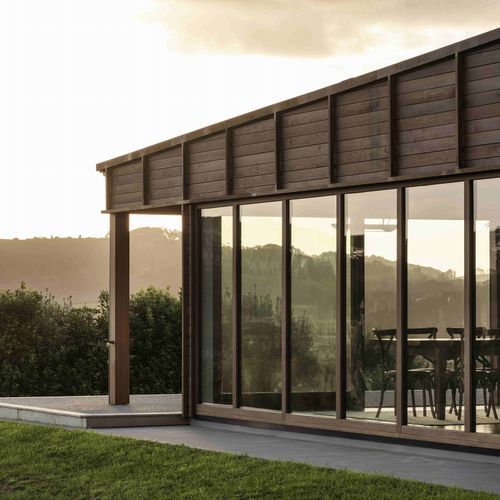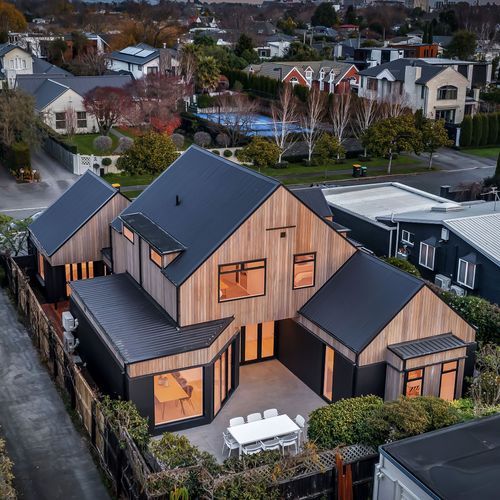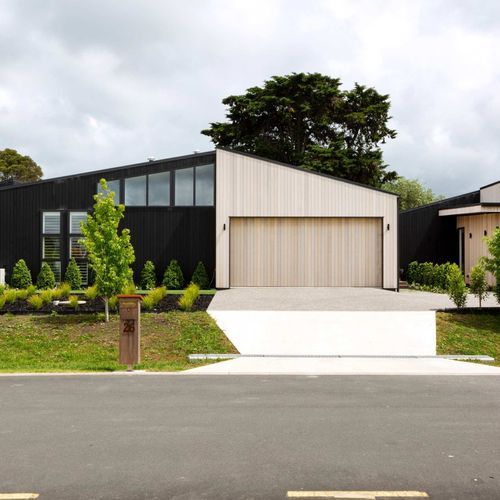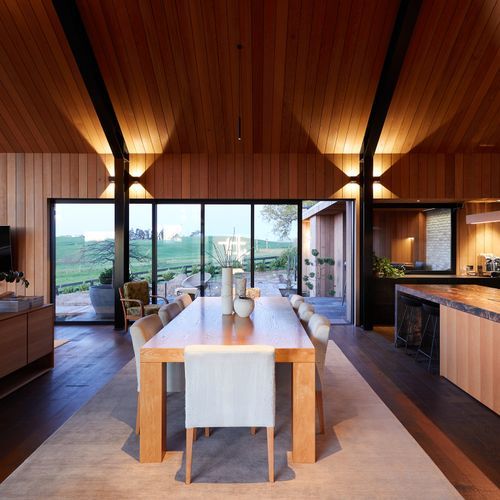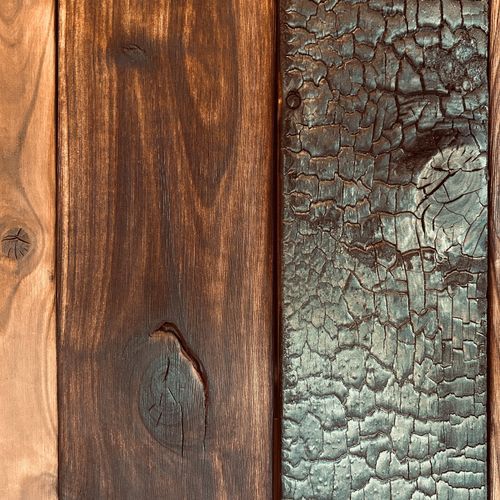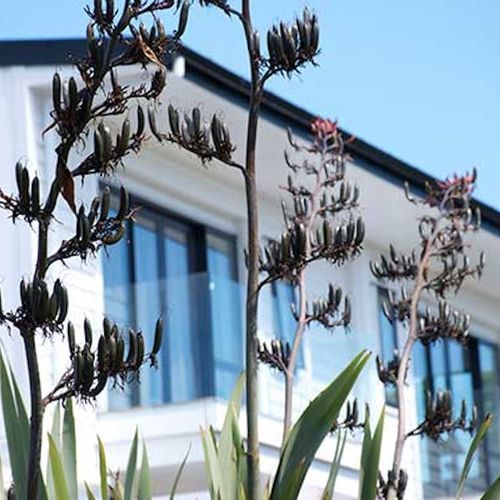Rusticated Weatherboards
- The rusticated profile is making a big comeback, through a revival in modern architecture, including facade systems, fencing and landscaping. The key reason is its versatility - it looks equally attractive when used on its own or combined with other cladding materials. At ArchiPro, we offer a large selection of rusticated weatherboards for a number of applications.Why ArchiPro?
No more endless searching -
Everything you need, all in one place.Real projects, real experts -
Work with vetted architects, designers, and suppliers.Designed for New Zealand -
Projects, products, and professionals that meet local standards.From inspiration to reality -
Find your style and connect with the experts behind it.Start your Project
Start you project with a free account to unlock features designed to help you simplify your building project.
Learn MoreBecome a Pro
Showcase your business on ArchiPro and join industry leading brands showcasing their products and expertise.
Learn More